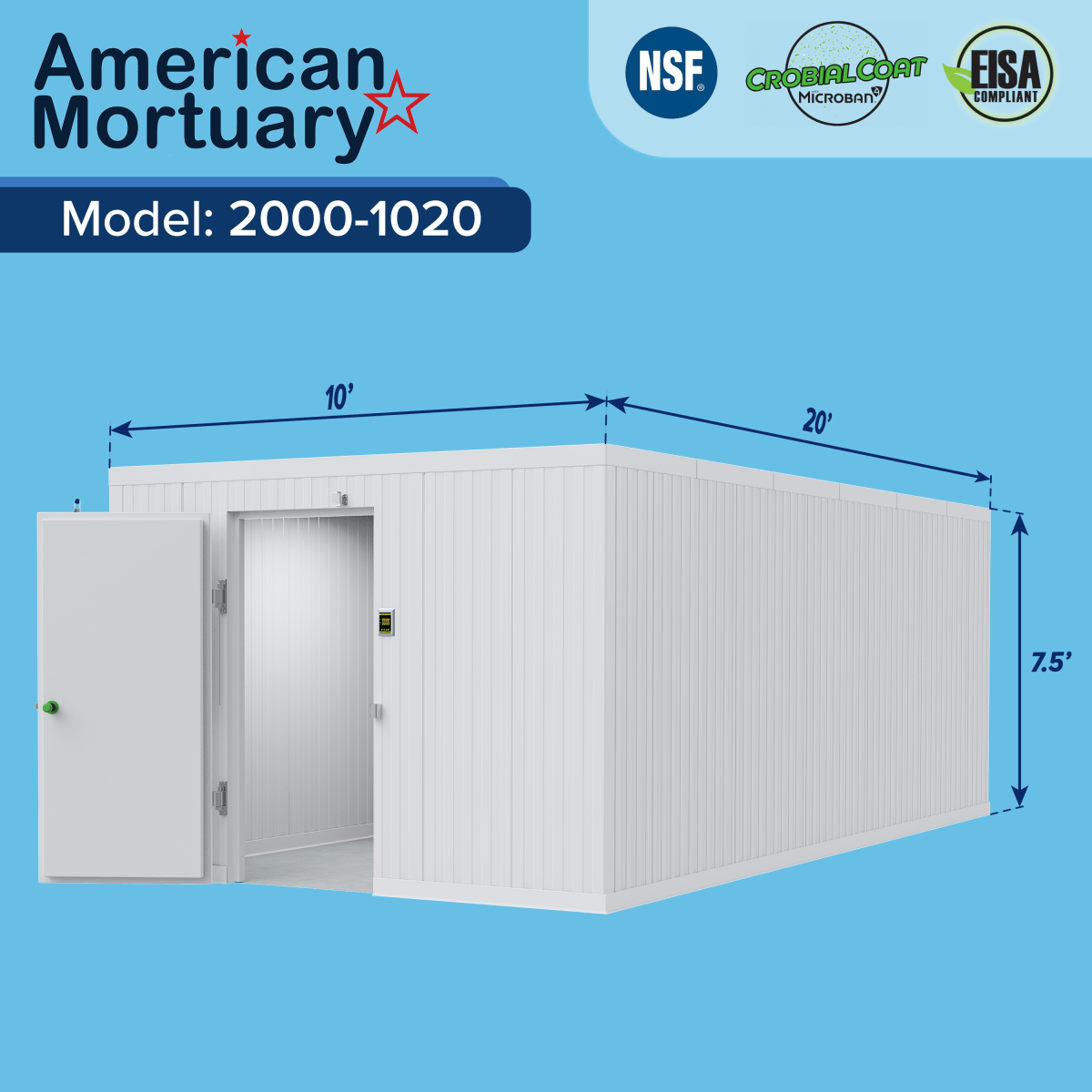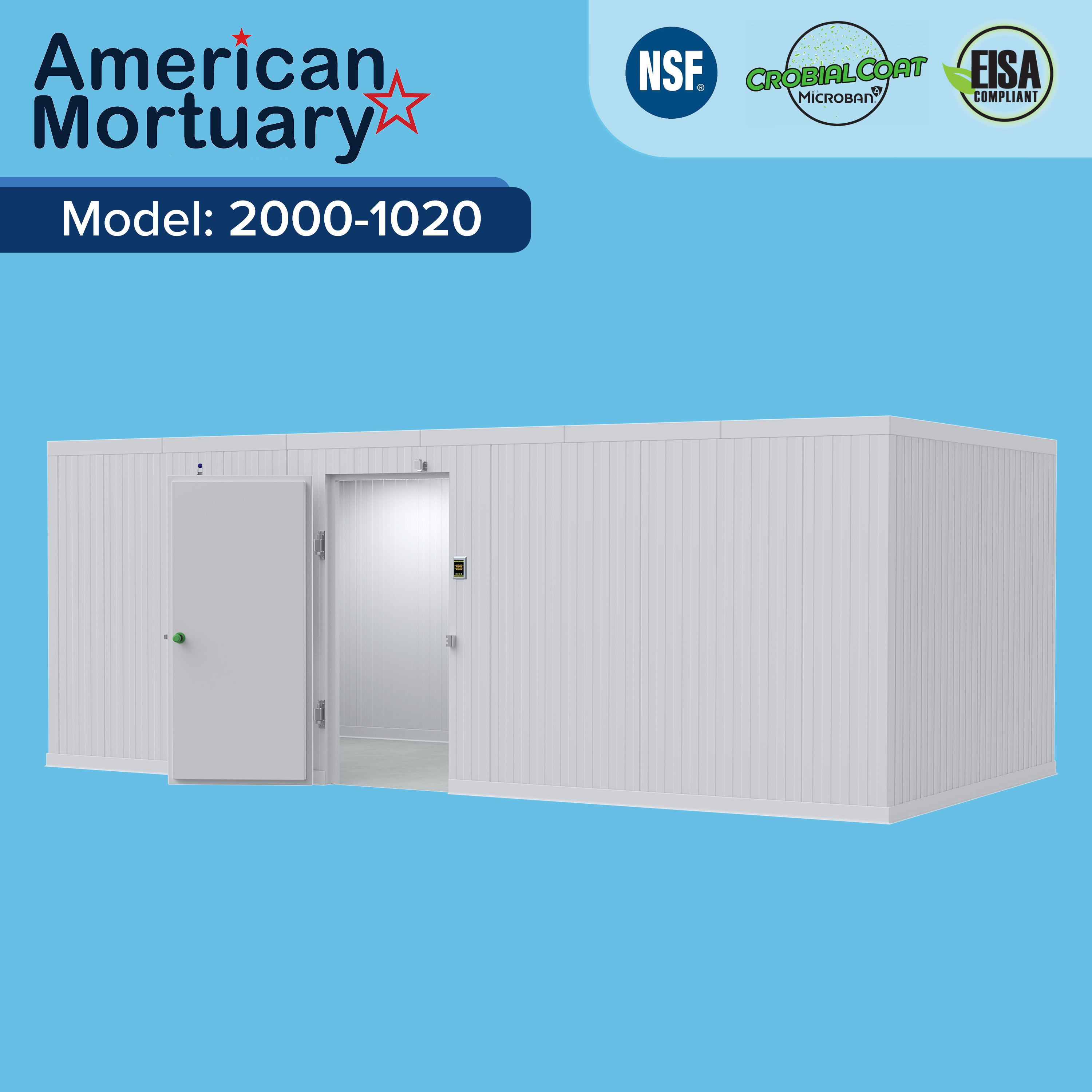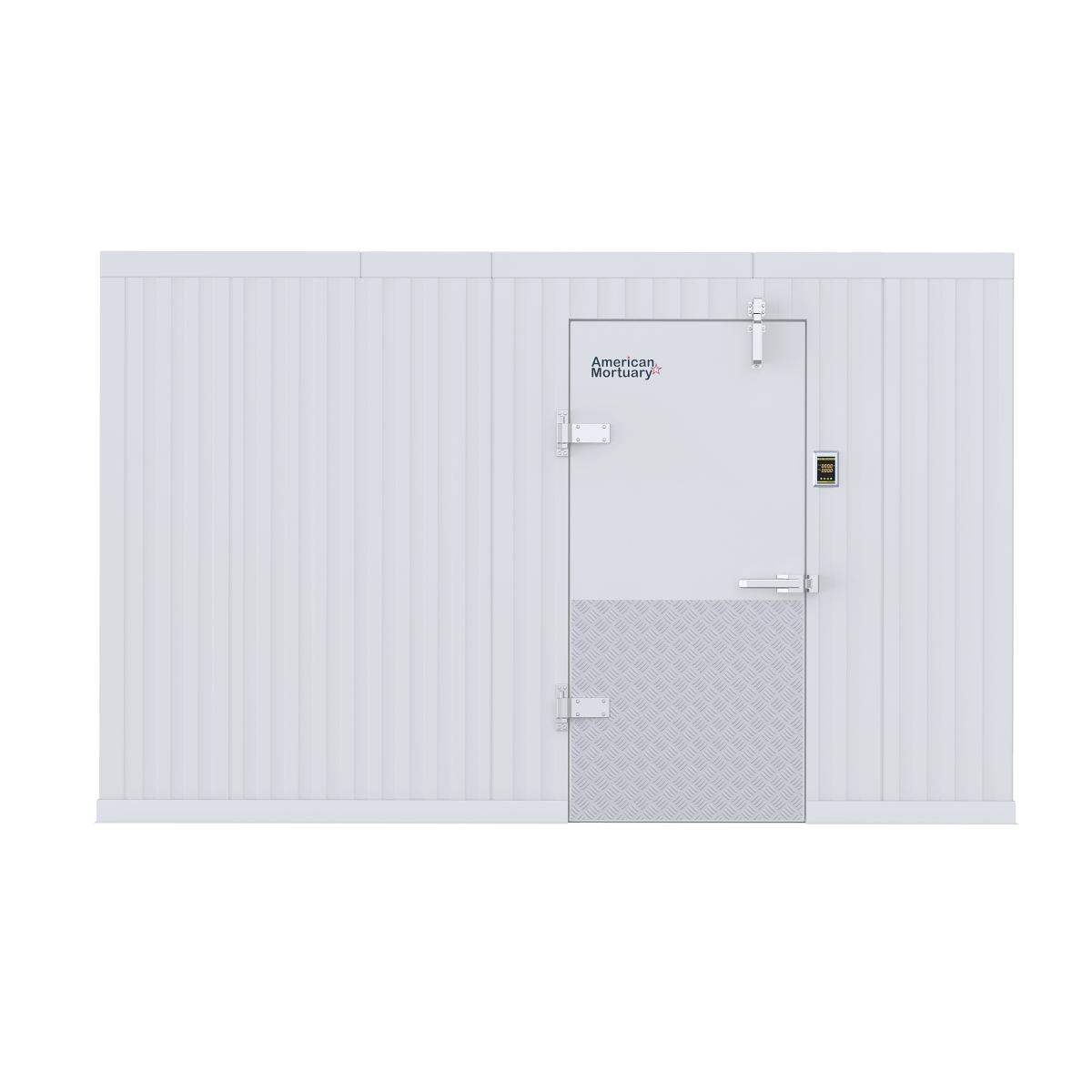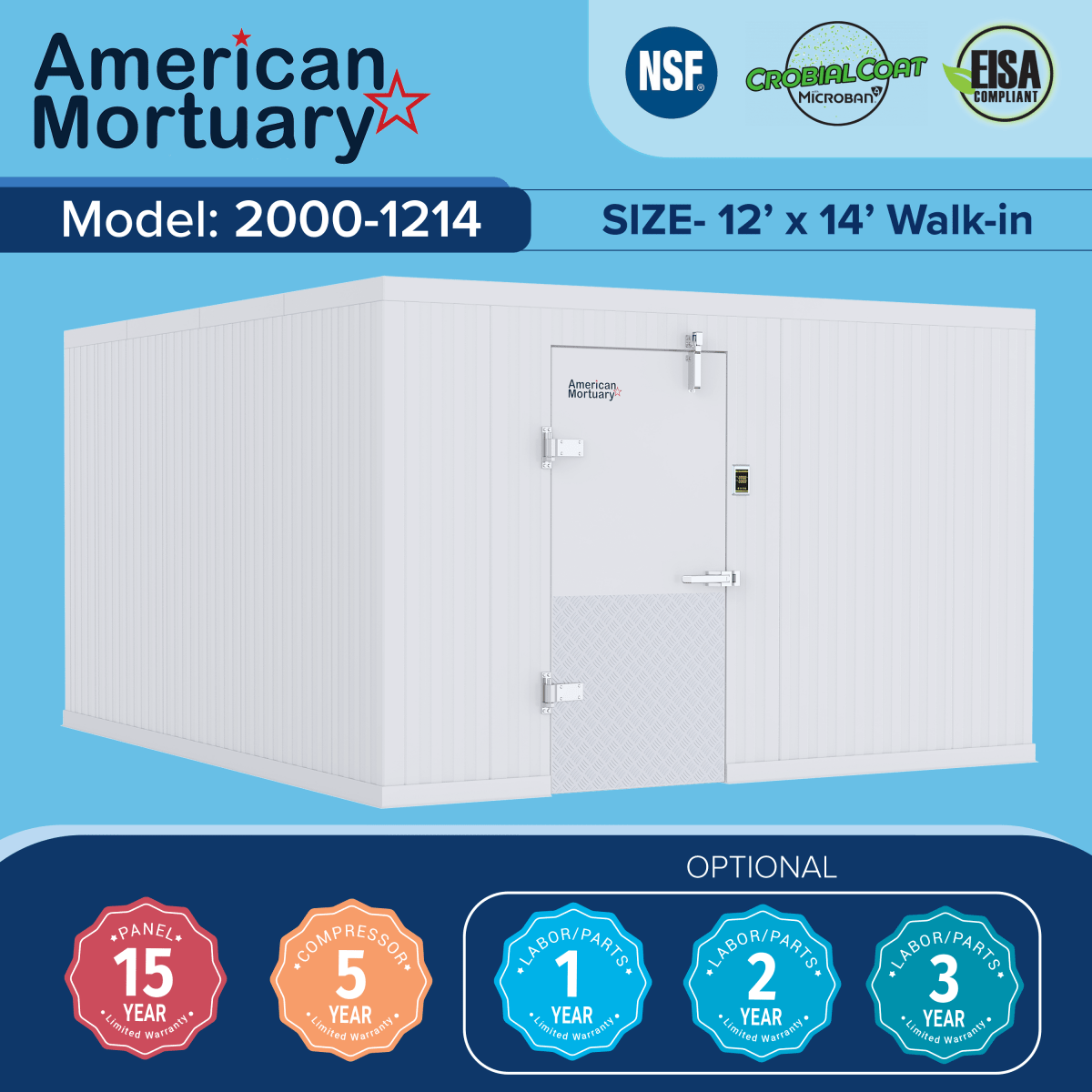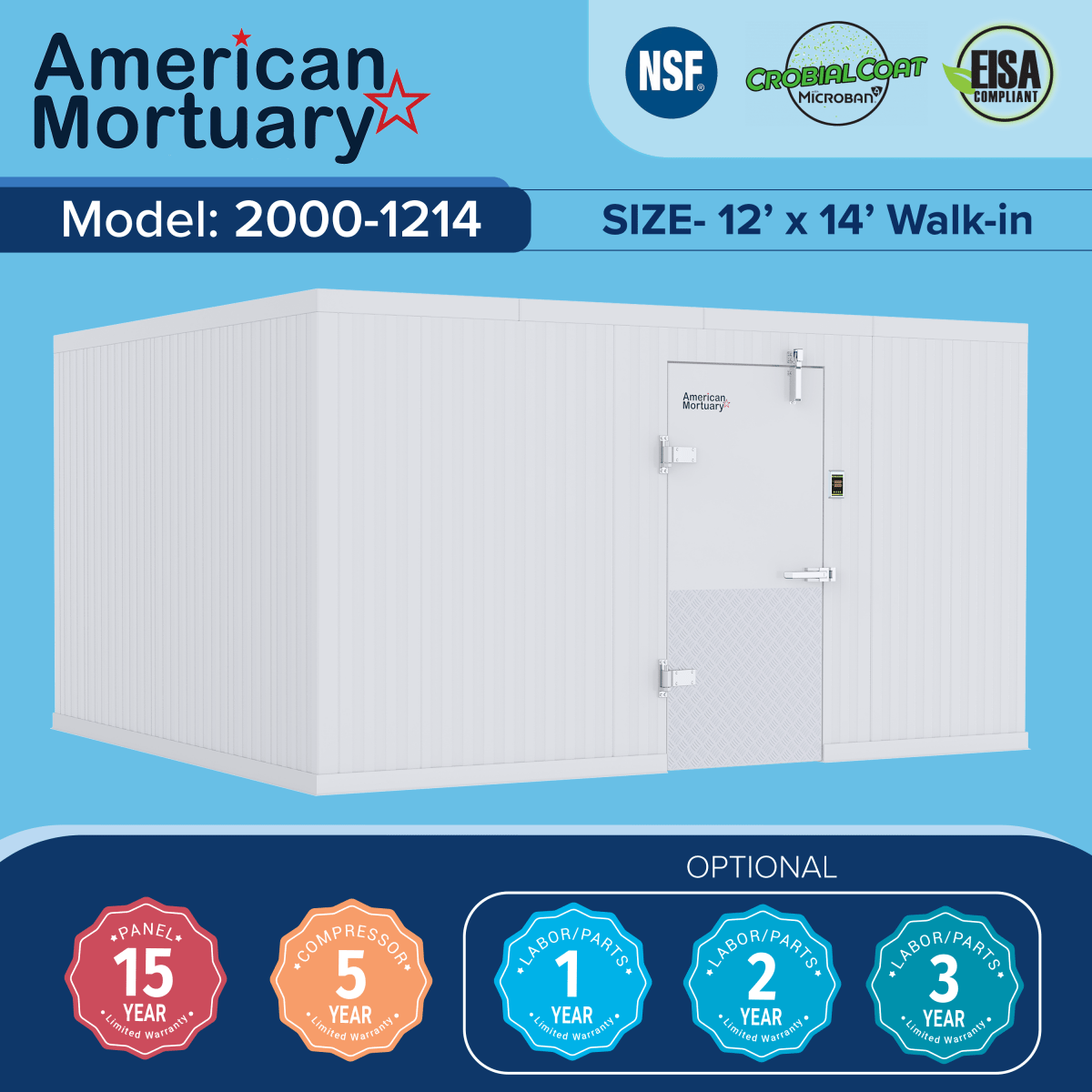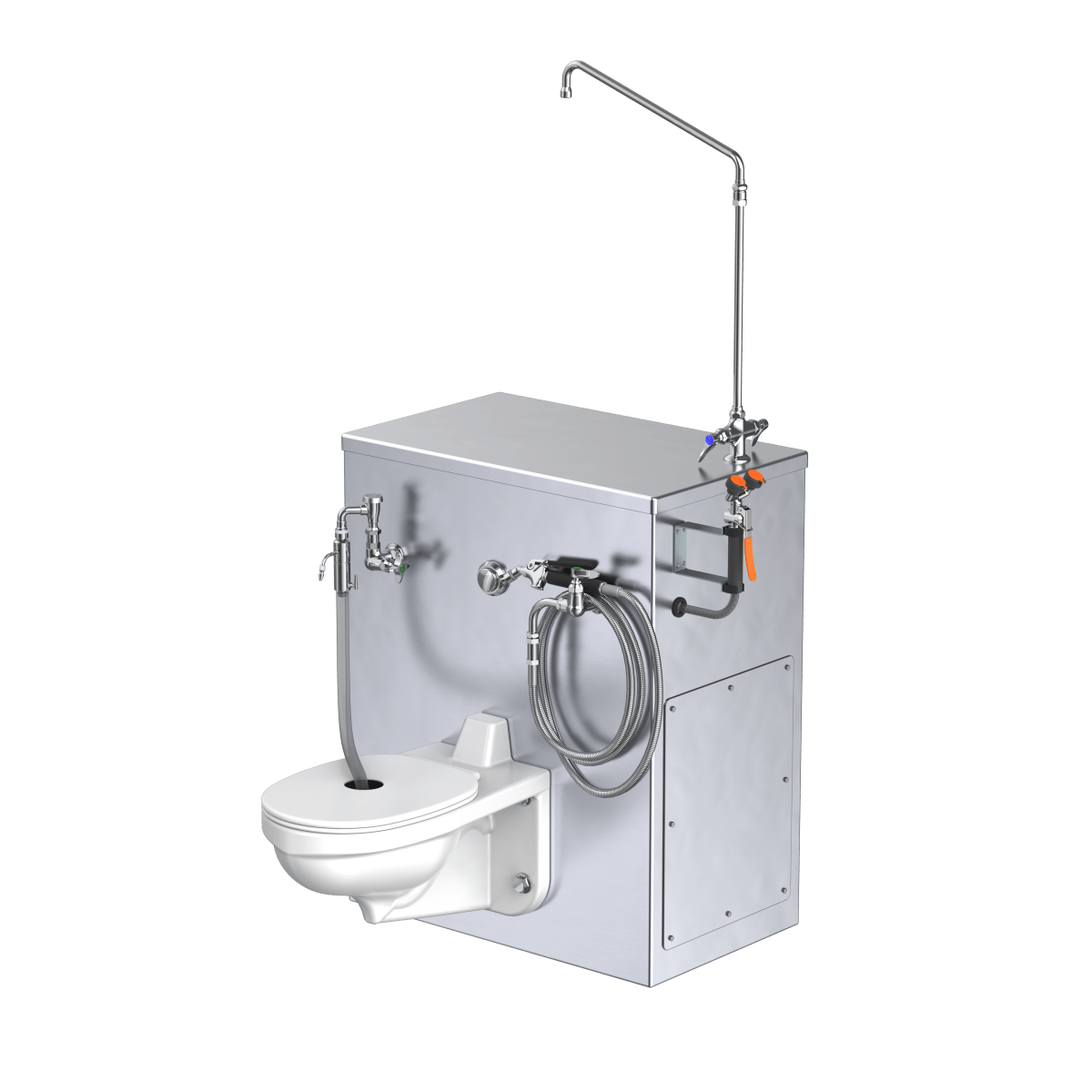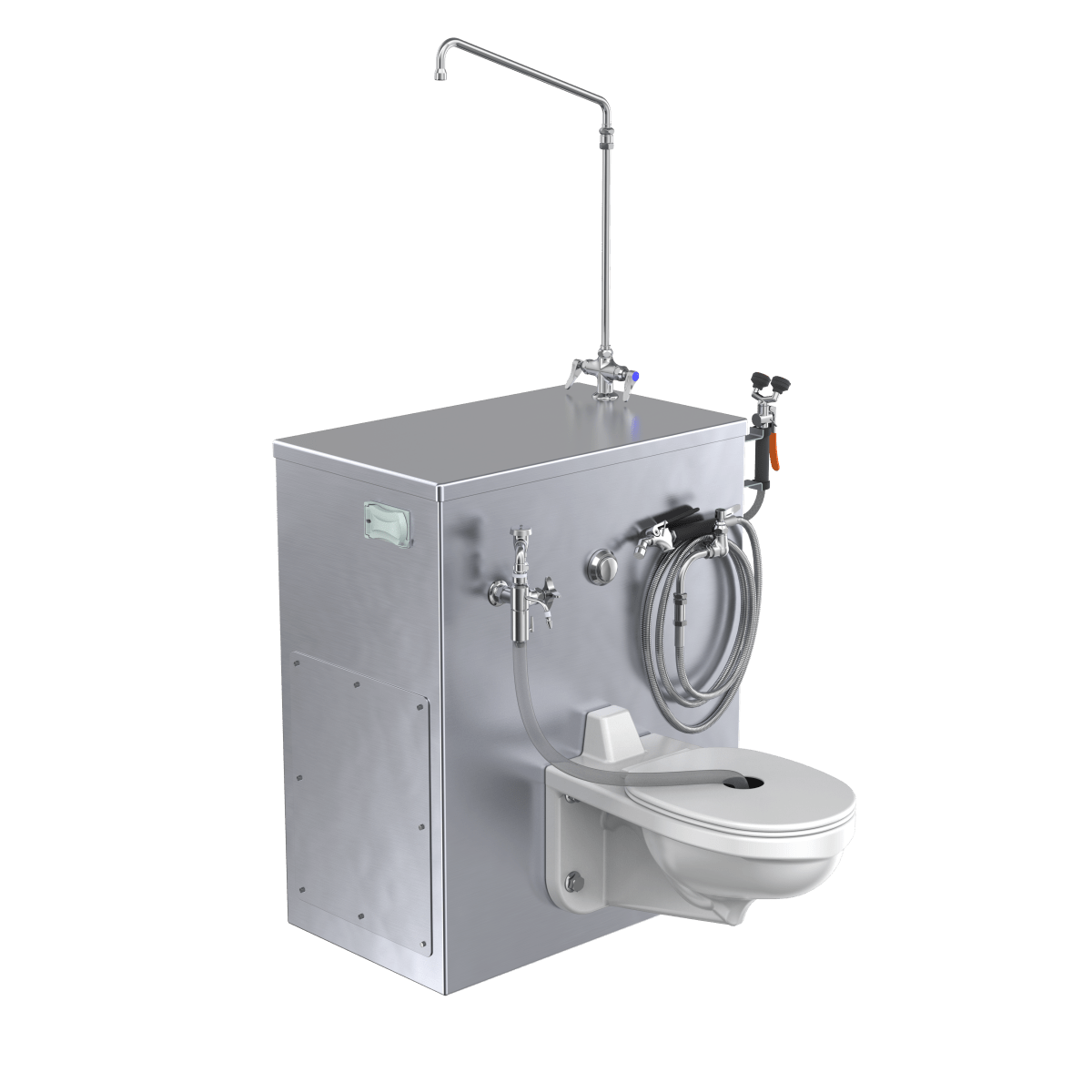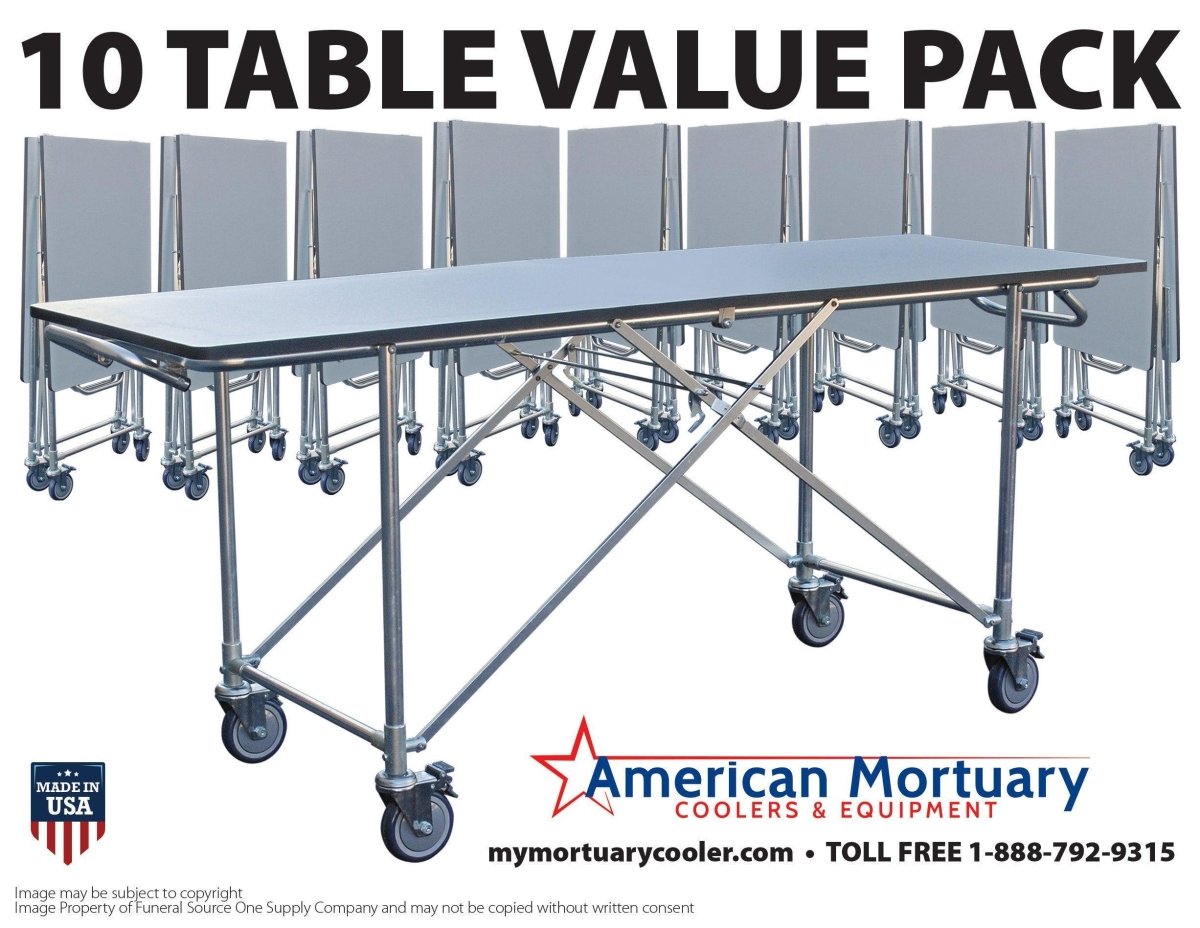Understanding Prop 65 Certification Requirements and Process
In today’s world, ensuring the safety of products is not just a recommendation but a necessity. For businesses operating in California or selling products in the state, understanding Proposition 65, or Prop 65, is crucial. This regulation mandates that businesses inform Californians about significant amounts of chemicals in the products they purchase, in their homes or workplaces, or that are released into the environment. Let’s dive into what Prop 65 certification involves and how you can ensure compliance.
What is Proposition 65?

Proposition 65, officially known as the Safe Drinking Water and Toxic Enforcement Act of 1986, was enacted to protect California’s drinking water sources from being contaminated with chemicals known to cause cancer, birth defects, or other reproductive harm. It also requires businesses to inform Californians about exposures to such chemicals.
Why is Proposition 65 Important?
Prop 65 aims to reduce exposure to toxic chemicals by requiring businesses to provide warnings about significant exposures to chemicals that cause cancer, birth defects, or other reproductive harm. This empowers consumers to make informed decisions about the products they buy and use.
Prop 65 Certification: What You Need to Know
To comply with Proposition 65, businesses must navigate a few essential steps to ensure their products meet the requirements.
Identifying Chemicals
The first step in the Prop 65 certification process is identifying whether your product contains any chemicals on the Prop 65 list. The list includes over 900 chemicals, and it is updated at least once a year. Some common chemicals include lead, formaldehyde, and certain phthalates.
Testing for Chemicals

Once you’ve identified potential chemicals in your product, the next step is testing. This is where prop 65 testing labs come into play. These laboratories conduct thorough testing to detect and measure the levels of listed chemicals in your products. It’s crucial to choose a reputable California Proposition 65 testing laboratory to ensure accurate results.
Assessing Exposure Levels
After testing, you'll need to determine if the exposure level of a chemical in your product is above the "safe harbor" level. Safe harbor levels are established by the state and indicate the amount of a chemical that can be present without requiring a warning label. If the exposure level is below this threshold, your product may not need a warning label.
Providing Warnings
If your product contains chemicals above the safe harbor level, you must provide a clear and reasonable warning to consumers. This can be done through product labeling, shelf signage, or other means that effectively communicate the risk to consumers.
The Role of Testing Laboratories
Proposition 65 testing laboratories play a pivotal role in the compliance process. These labs offer services that include identifying and quantifying chemicals in products, helping businesses understand their obligations under Prop 65.
Choosing the Right Lab
When selecting a lab for California Prop 65 testing, consider factors such as the lab’s accreditation, experience with Prop 65 testing, and the range of tests they offer. A reliable lab can guide you through the testing process and help interpret results, ensuring your product complies with Prop 65.
The Testing Process
The testing process typically involves several steps:
- Sample Preparation: The lab will prepare samples of your product for testing.
- Chemical Analysis: Using advanced techniques, the lab will analyze the samples to detect the presence and concentration of Prop 65-listed chemicals.
- Reporting: The lab will provide a detailed report of the findings, indicating whether the levels of chemicals are above or below safe harbor levels.
Prop 65 Compliance Testing: Best Practices
Ensuring compliance with Prop 65 can seem daunting, but following best practices can simplify the process.
Stay Informed
Keep up to date with changes in the Prop 65 chemical list and safe harbor levels. Regularly reviewing your products and manufacturing processes can help you stay compliant.
Document Everything
Maintain thorough documentation of your testing and compliance efforts. This includes lab reports, warning labels, and any correspondence related to Prop 65 compliance. Documentation can be crucial if your compliance is ever questioned.
Work with Experts
Collaborating with experts, such as environmental consultants or legal advisors familiar with Prop 65, can provide valuable guidance and ensure you’re meeting all regulatory requirements.
Real-World Implications of Prop 65

Proposition 65 has significant implications for businesses and consumers. Failure to comply can result in hefty fines and damage to a company’s reputation. On the flip side, compliance can enhance consumer trust and brand integrity.
For example, a company that proactively tests its products and provides clear warnings can build a reputation for transparency and responsibility, gaining a competitive edge in the marketplace.
Conclusion
Understanding and complying with Prop 65 is essential for businesses operating in California or selling products in the state. By identifying chemicals, conducting thorough testing with reputable Prop 65 testing labs, and providing necessary warnings, businesses can meet their obligations and protect consumers.
By following best practices and staying informed about regulatory changes, you can ensure your products are safe and compliant, ultimately fostering consumer trust and business success.
Remember, Proposition 65 is not just a legal requirement but a commitment to consumer safety and environmental protection.
#Prop65 #CaliforniaProposition65 #Prop65Testing #Proposition65Compliance #SafetyStandards #ChemicalTesting #ConsumerSafety #TestingLaboratories #Prop65Certification #ProductSafety #ToxicSubstances #HazardousChemicals #EnvironmentalRegulations #ComplianceTesting #TestingLabs #ChemicalAnalysis #HealthAndSafety #SafeProducts #CaliforniaLaw #IndustrialSafety #ConsumerAwareness #EnvironmentalProtection #ProductLabeling #ToxicChemicals #ReproductiveHealth #CancerPrevention #SafetyCompliance #HealthRegulations #CaliforniaBusiness #QualityAssurance #SupplyChainSafety #BusinessCompliance #SafeHarborLevels #ChemicalExposures #RiskManagement #BrandIntegrity #EnvironmentalHealth #SustainableBusiness #IndustryStandards #ChemicalTestingLabs #SafetyFirst #ComplianceGuide #ConsumerTrust #LegalRequirements #EcoFriendly #BusinessSuccess #ProductTransparency #RegulatoryCompliance


